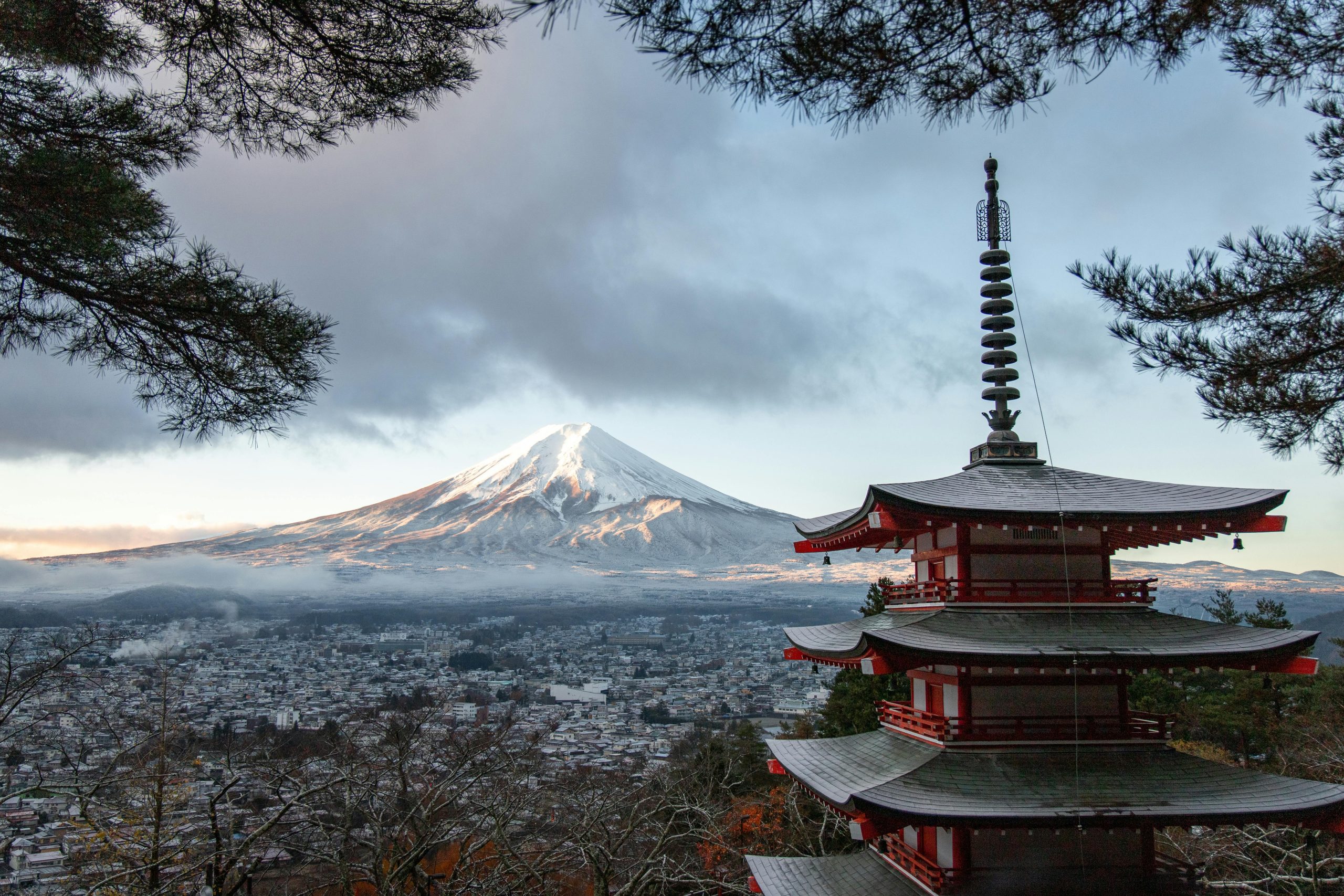So, you’ve booked your flights to Japan. Maybe you’re thinking of the sushi in Tokyo, temples in Kyoto, or powder snow in Hokkaido already. Who wouldn’t? But before you get caught up in the excitement, there’s something important to tick off your list: buy JPY cash in Australia ahead.

It might not be the most thrilling part of your travel plans, but it’s one of the most practical. Having Japanese yen in your pocket the moment you land can make a big difference – especially when you need to grab a train ticket, pay for a meal, or buy something from a vending machine that doesn’t take cards.
Let’s break down the smartest, easiest ways to handle your currency before you take off.
Why Get Your Yen Before You Go?
Here’s a quick question: would you rather deal with currency exchange from the comfort of home or hunt down an ATM in a Tokyo airport while running on zero sleep?
When you buy JPY cash in Australia, you’re sidestepping the hassle of high airport rates, limited opening hours, or language barriers. You’re also giving yourself a better chance at locking in a competitive exchange rate – and possibly saving a decent chunk of money in the process.
In Japan, cash is still king in many places. Smaller restaurants, market stalls, ryokans, and even local train stations often prefer it. While bigger cities are gradually moving toward more card payments, it’s still common to reach for physical yen in everyday situations.
What’s a Good AUD to JPY Exchange Rate?
The AUD to JPY rate moves around a lot. One week, $1 AUD might get you 98 YEN. The next week, it might be 101. That may not sound like much, but if you’re exchanging a few thousand dollars, those small differences add up.
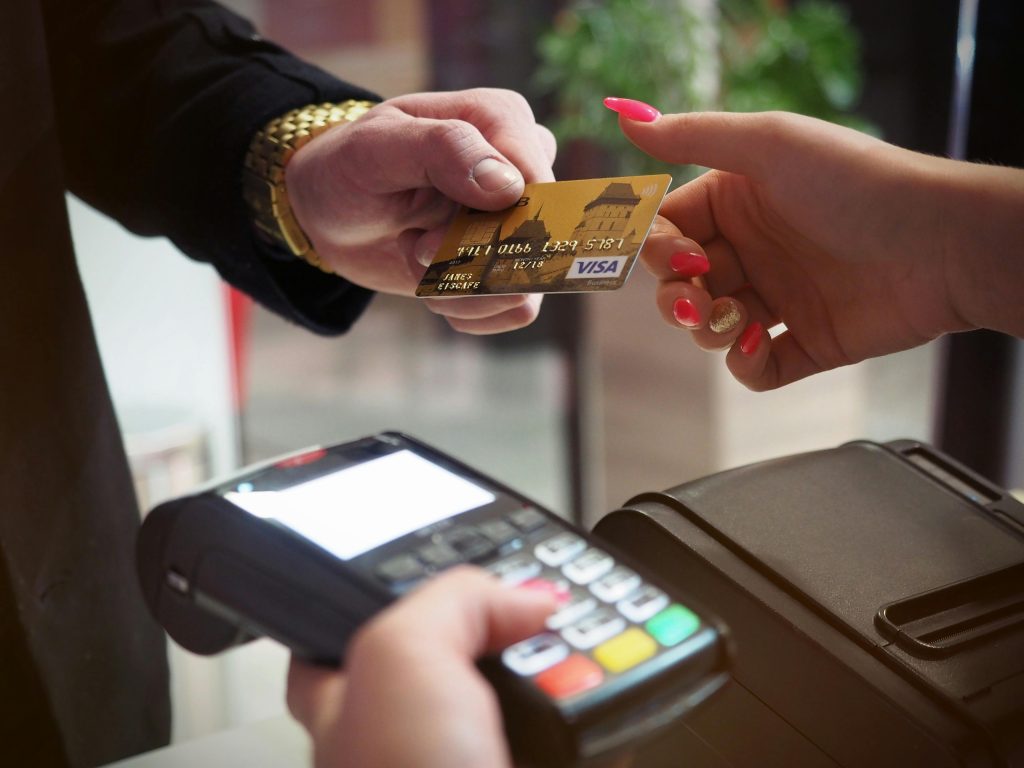
If you want to get an idea of the current rate, you can check the live AUD to JPY rate.
Where to Get Japanese Yen in Australia
Alright, now to the important part: where to get Japanese Yen without getting ripped off or wasting time. You’ve got options – some better than others.
1. Online Currency Exchange (Best Choice for Most People)
Ordering your currency online has become the go-to for Aussie travellers. It’s quick, secure, and usually comes with better rates than what you’ll find at banks or airport kiosks.
You place an order, the money gets delivered to your door, and you’re done. No standing in line, no guessing games with rates.
Need a reliable place to start? Try this currency exchange near me and see how simple it can be.
2. In-Person Exchange at Currency Stores
If you’re the type who prefers to sort things face-to-face, you can still head to a currency exchange store. Most major cities have plenty of them. But remember – the rates at the airport are almost always worse.
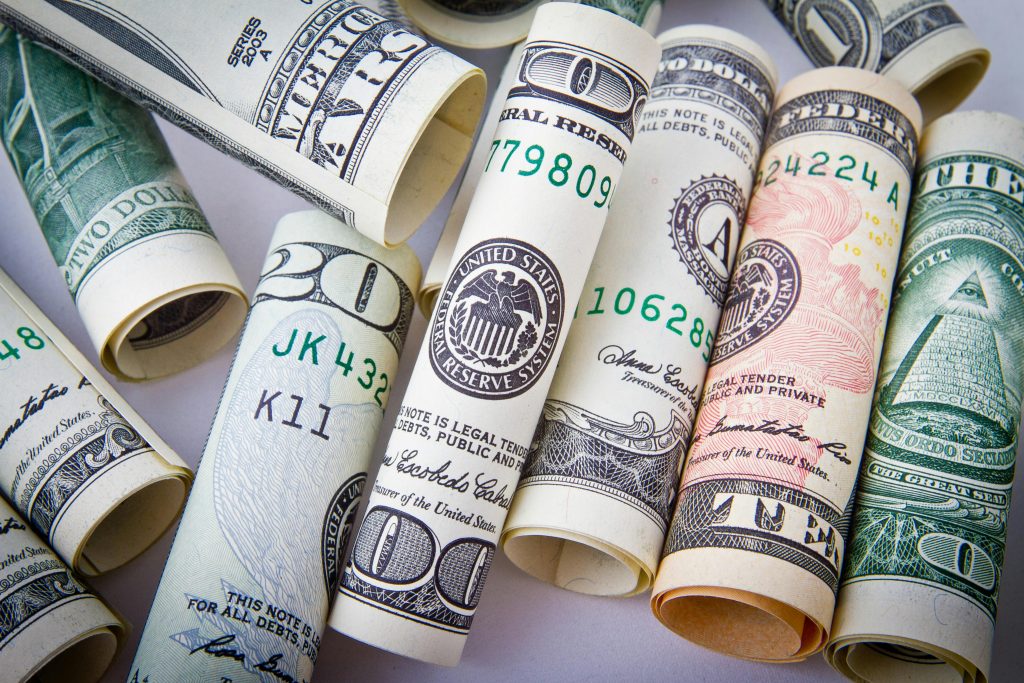
Try checking online first and reserve your yen ahead of time if you’re picking it up in person. That way, you lock in a rate and avoid surprises at the counter.
3. Through Your Bank
Some banks let you order foreign cash, but it usually takes a few days to process. The rates tend to be less competitive, and there may be extra fees baked in. It’s worth comparing before you commit.
4. Australia Post
Yep, the post office does foreign currency too. It’s convenient if you’re already going there, but again, rates may not be as sharp as what you’ll find through a specialist currency provider.
How Much Yen Should You Take?
Planning how much yen to carry depends on your travel style. Japan is relatively safe, and people often carry large amounts of cash without worry. That said, you don’t want to overdo it or carry more than you feel comfortable with.
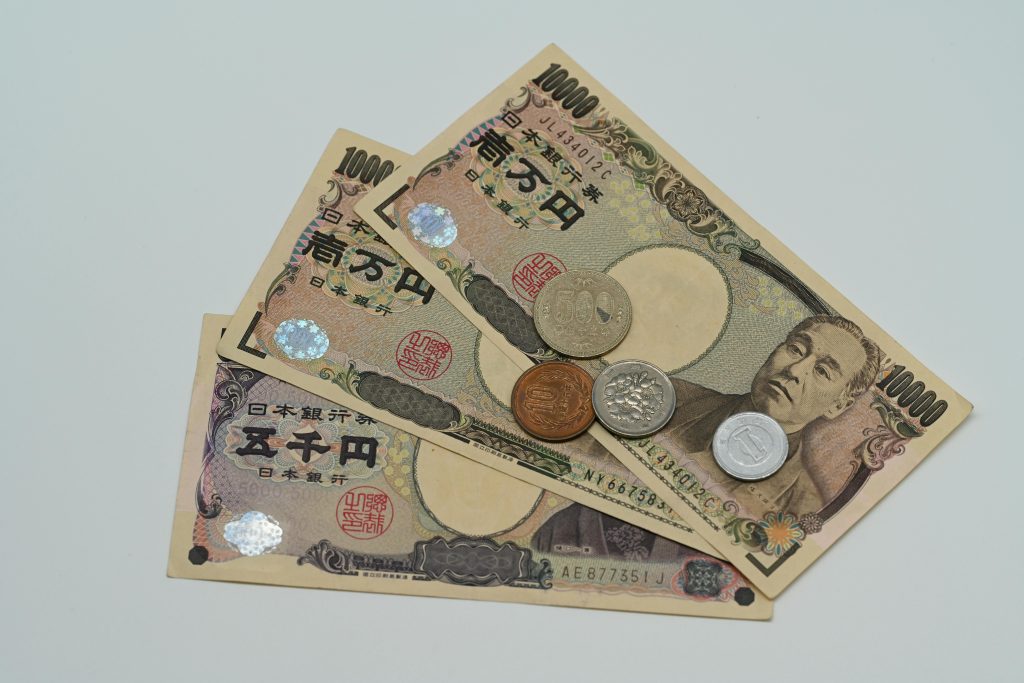
Here’s a basic guide:
- Shoestring budget: ¥5,000 to ¥7,000 per day
- Moderate travel: ¥10,000 to ¥15,000 per day
- High-end or luxury: ¥20,000 and up per day
Multiply that by the number of days you’re away, then add a bit extra just in case. It’s easier to bring a little more than scramble for a top-up later.
Can’t I Just Use My Card?
You can – but it’s risky to rely on it entirely.
In cities like Tokyo and Osaka, cards are widely accepted in hotels, department stores, and major train lines. But travel outside the city and you’ll quickly run into situations where only cash is accepted.
Even in central Tokyo, many restaurants and ticket machines prefer cash. So, while it’s fine to bring a travel card or debit card as backup, it’s smarter to buy JPY cash in Australia first.
When Should You Exchange Your Money?
Trying to time the exchange market is tricky. Rates go up and down daily based on global factors you can’t control.
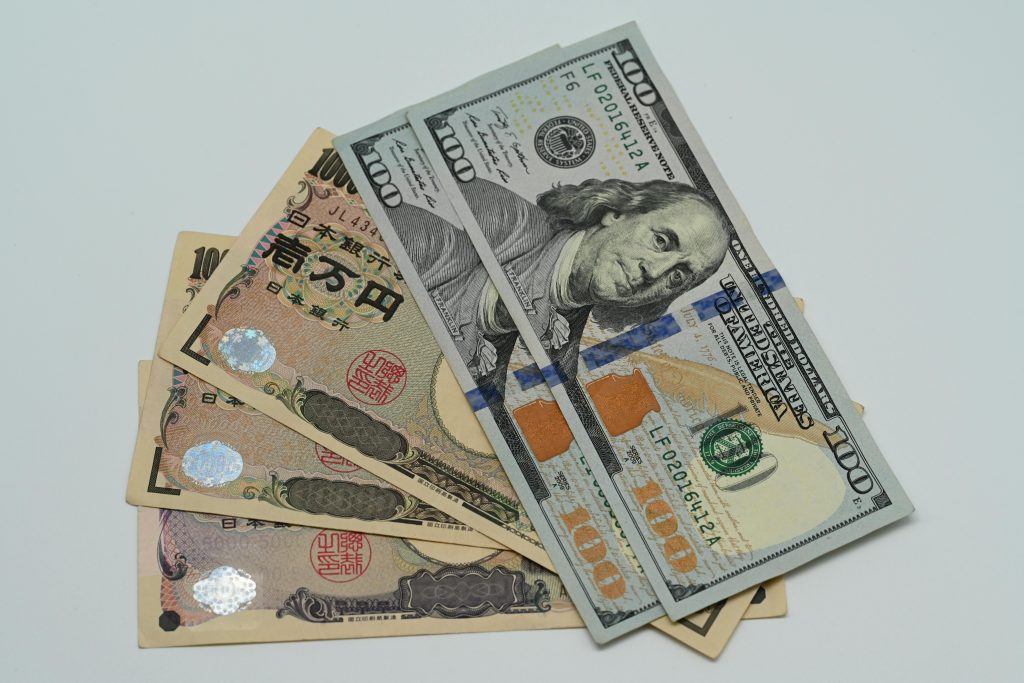
Here’s a better approach: start keeping an eye on rates a couple of weeks before your trip. When you see a decent rate that works for your budget, go ahead and exchange. Don’t wait until the night before your flight – that’s when panic sets in and options are limited.
Ordering online in advance gives you more control over the rate and helps you avoid inflated fees.
A Few Common Mistakes to Avoid
- Leaving it until the airport – Airport exchange booths are convenient, but you’ll pay for it with worse rates.
- Waiting to exchange in Japan – Sure, you can get yen after you land, but it’s harder to shop around for a decent rate or avoid ATM fees when you’re on the move.
- Withdrawing large sums overseas – Some Japanese ATMs accept foreign cards, but not all. Fees, withdrawal limits, and language menus vary.
- Not checking the amount – Always double-check your total before you leave the exchange counter. Mistakes happen.
What If You Come Home With Leftover Yen?
It’s not the worst problem to have. If you’ve got unused yen at the end of your trip, you can exchange it back into AUD when you return. Some services even offer a guaranteed buy-back rate, so it might be worth asking about that when you first exchange.
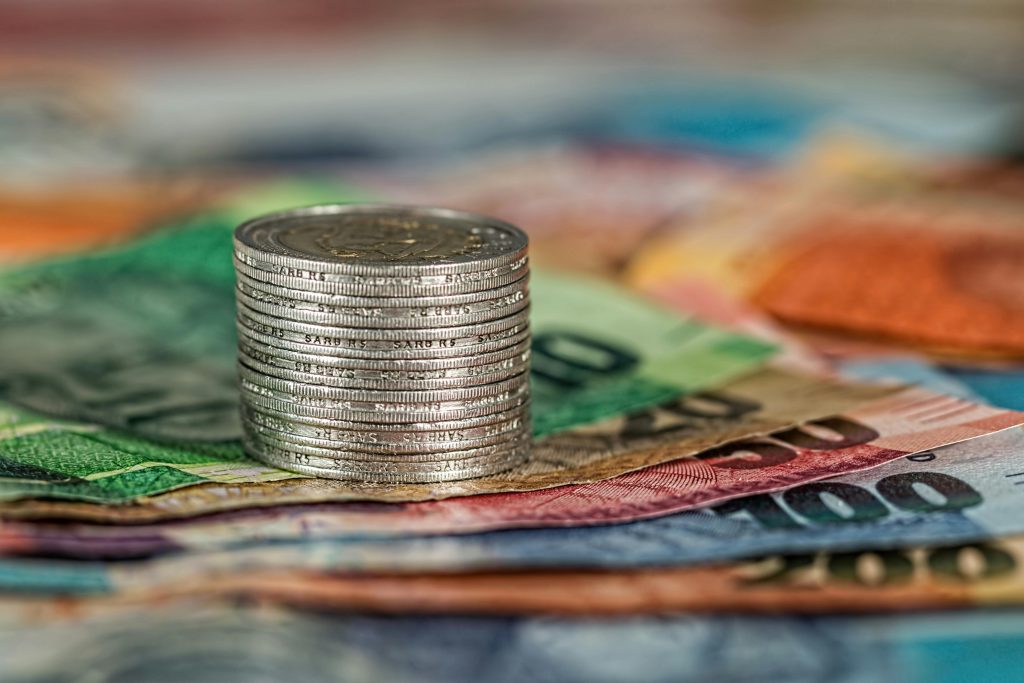
Just make sure the notes are in good condition – torn or damaged Yen may not be accepted.
Final Thoughts
Travelling to Japan is exciting enough without having to stress about money. So do yourself a favour and buy JPY cash in Australia before your trip. It’s safer, easier, and often much cheaper than leaving it to the last minute.
A little prep now means more time enjoying Japan – whether that’s chasing cherry blossoms, slurping ramen, or soaking in a hot spring.
Safe travels!

